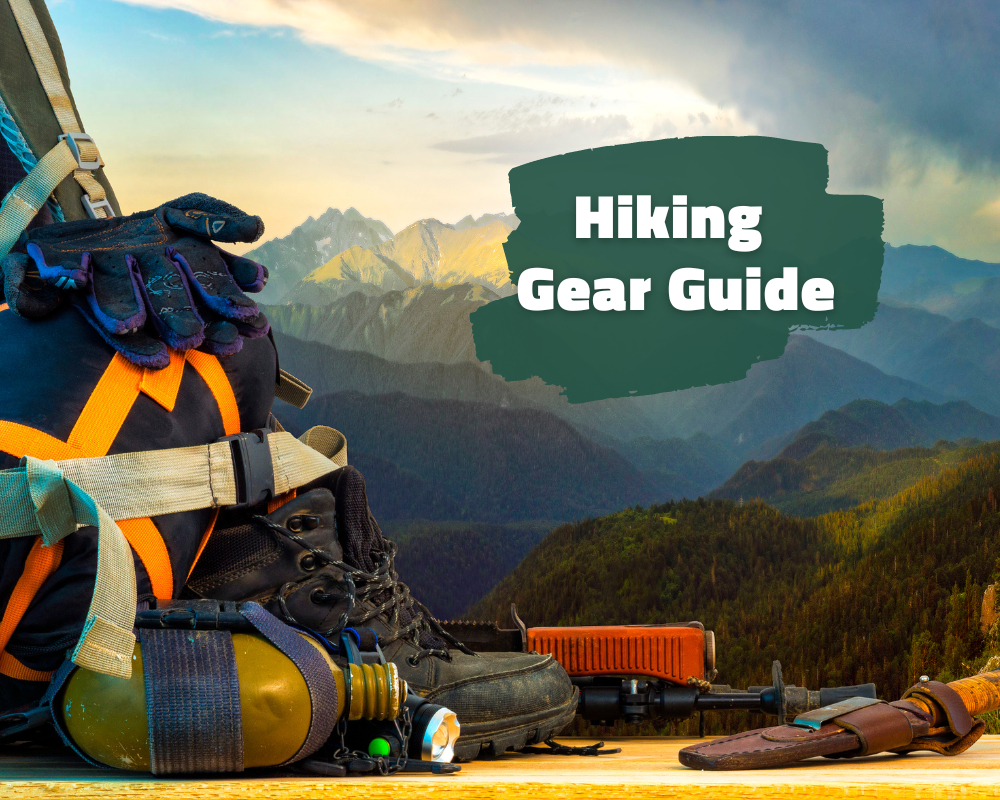Hiking involves venturing out into the wilderness for prolonged periods, so your clothing and kit need to bring you comfort, safety, and protection.
If you aren’t happy with the gear you have, you won’t be happy even if you visit the most iconic places in the world.
That’s why it’s vital to ensure you bring the right footwear, clothing, backpack, navigation equipment, food, and more. With this upcoming guide, you’ll get to know everything you should bring on your hiking trips. Let’s dive in!
Footwear: The Importance of Having the Right Hiking Boots
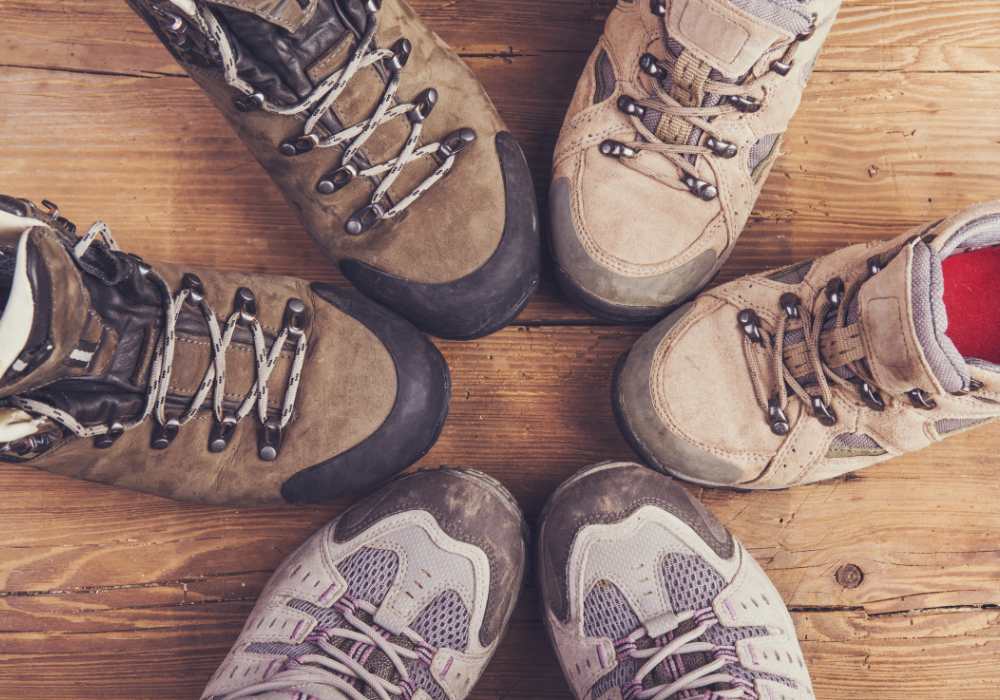
Hiking boots are one of the most important pieces of gear and you must make sure to get the best.
A high-quality boot will help keep your feet warm, wick away moisture from your feet, and also ensure your feet are comfy throughout the duration of your adventure.
When your feet are happy, you can focus on the things you enjoy—like enjoying wonderful views—without getting distracted by any discomfort.
The right hiking boots also give support to your ankles and prevent injury. During hikes, your ankles can twist while you walk, but a good, comfortable hiking boot will prevent this—as well as reducing the risk of blisters.
What’s more, hiking boots give support to your legs, too, which is important for stability and strength when carrying a heavy backpack.
When the weather gets bad, your boots will also play a part. Hiking boots with waterproof components will protect your feet from the mud and rain, ensuring your feet stay dry and comfortable.
The benefits of hiking boots are enhanced if you wear a quality pair of walking socks. These will add extra comfort and protection and, in colder weather, insulate your feet from the cold.
A final benefit of hiking boots is that they can safely take you over lots of different types of terrain. Their grip holds strong on anything from dry rocks to slippery surfaces, meaning you know you’ll be safe if you’re wearing your hiking boots.
All in all, the right hiking boots have multiple advantages and you can’t trade them for anything. Happy feet make for a happy hike!
Clothing: Layering for Comfort and Protection
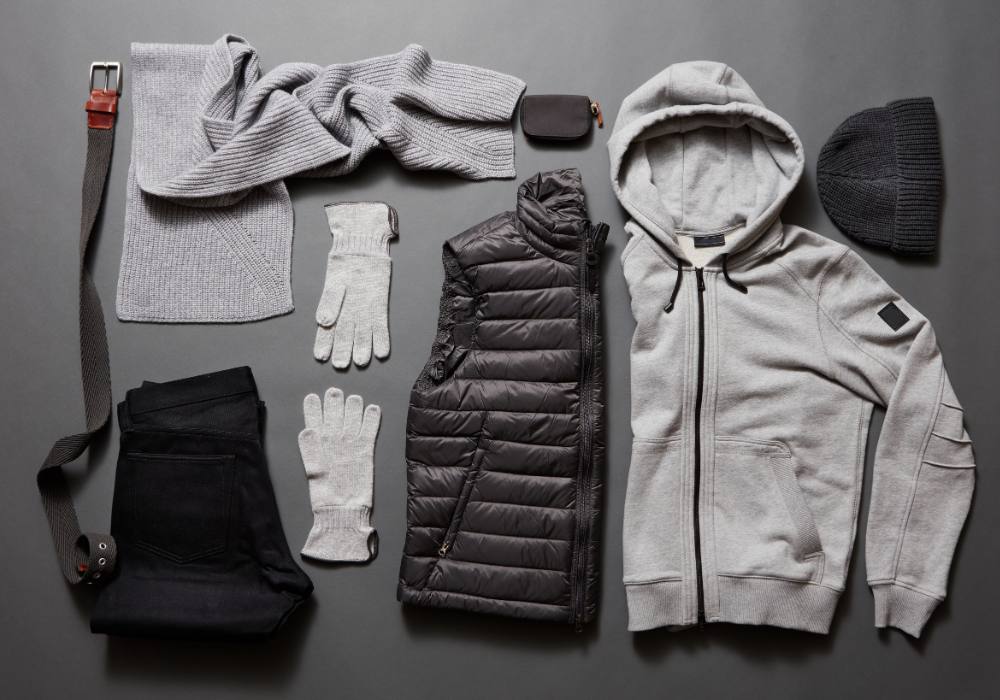
Hiking is an outdoor sport and you need to be dressed properly for it. Your clothing should be reliable, comfortable, and functional.
For protection and comfort, some of the main features to look out for are waterproofing, breathability, and windproofing. It also helps if items are moisture-wicking and quick-drying.
Ideally, your clothing should be fairly lightweight, too. Whether you’re wearing it or carrying it in your pack, you don’t want it so heavy that it drags you down.
For winter hikes, make sure you also get some items that have thermal insulation. Getting cold out in the wilderness can be dangerous.
Whatever the season, make sure the outfits you choose are durable as well. They shouldn’t get damaged by things like bushes or twigs; you should be able to count on your clothes wherever you go!
Notably, the more effort you spend on choosing the right quality clothing, the more benefits you’ll have in the long run. You’ll be able to hike safely and comfortably in a wider variety of terrains, and durable clothing will last longer and save you money that way, too.
To sum up, hiking clothes cover a large proportion of your body during hiking, and it’s absolutely crucial that you choose items that bring you comfort, protection, and reliability.
Backpacks: Choosing the Right Size and Features
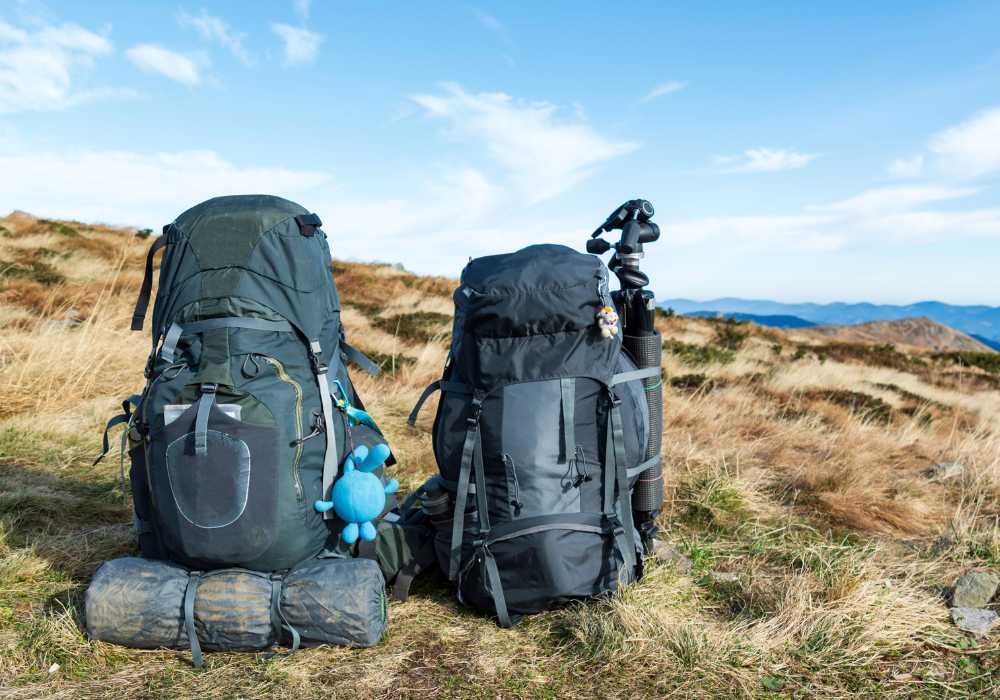
When hiking, a backpack is an essential kit item that you’ll be carrying for hours over varied terrains. You need durability, comfort, and space in a backpack and shouldn’t make too many compromises.
First and foremost, the backpack you choose needs to fit you properly. To check if a backpack is the right size and fit for you, tug the shoulder straps until they are snug. The straps should hug your shoulders from back to front, and there should be no gaps between the straps and your shoulders. Also, the backpack shouldn’t be pinching your armpits either.
Another factor to check regarding a backpack’s size and fit is its length. The backpack shouldn’t reach any further down than your buttocks (or the bottom of your torso). This is easy to check.
By getting the size of your backpack right, you’ll ensure that you stay comfy while carrying it and don’t experience any pain or injury that could spoil your hike.
What’s more, weight distribution is another essential factor to check for. When full, the backpack should feel heaviest around your hips; that way, it won’t cause too much strain on your back. Professional hiking backpacks are usually tailor-made to fulfill this function.
Another feature you should look out for is a backpack’s compartments and organization. You should be able to access essential items quickly without getting lost. Side pockets are often useful, and so are sleeping bag compartments, removable daypacks, and hydration features.
Ideally, you’ll also want a backpack whose material is strong and feels comfortable on your skin. Weatherproofing is also a must for hiking; some backpacks are waterproof by nature, while others come with a waterproof cover.
Finally, don’t forget style! A functional, high-quality backpack doesn’t have to be ugly. Try to find one that matches your style and that you’ll enjoy wearing in the wild.
Navigation Maps, Compasses, and GPS Devices
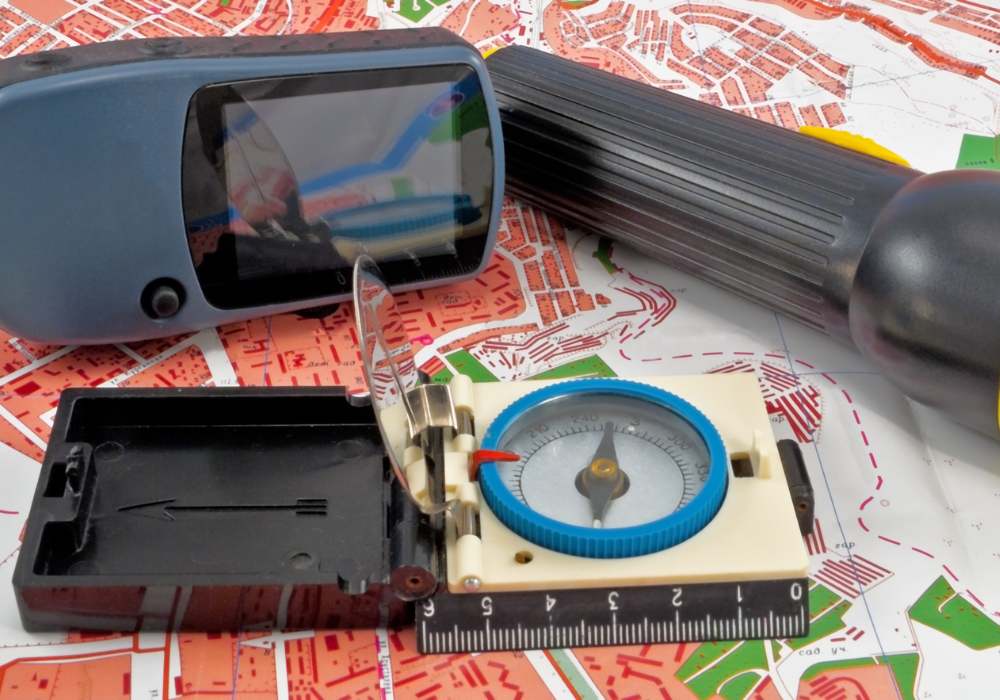
Hiking involves exploring the wilderness and so, by nature, it requires knowledge of navigation. You also need the right skills and kit to help you if you get lost. This is where maps, compasses, and GPS devices come in.
A navigation map is a must-have on any hiking trip, and you need to be able to decipher it. This is a skill you can learn online and through real-world practice.
Ideally, you should also bring a compass with you as it will complement your map, helping you work out your location and where you need to go.
Another useful kit item is a GPS device, which uses satellites to accurately track where you’ve been, show you where you are now, and point out where to go. Don’t rely on Google Maps for GPS navigation as it may not be accurate or even accessible in the remotest wilderness.
Another benefit of some GPS devices is that they can track parameters like time, distance covered, speed, and other factors you might want to track during your hike.
And remember, if you have all these items with you, you should be fine if you get lost. Don’t panic, take a breather, and look at your map or GPS to work out what you’ll do next. Getting lost is sometimes part of the adventure, and finding your way again will be satisfying—and a story to tell!
Emergency Gear: First Aid Kits, Signaling Devices, and Emergency Shelters
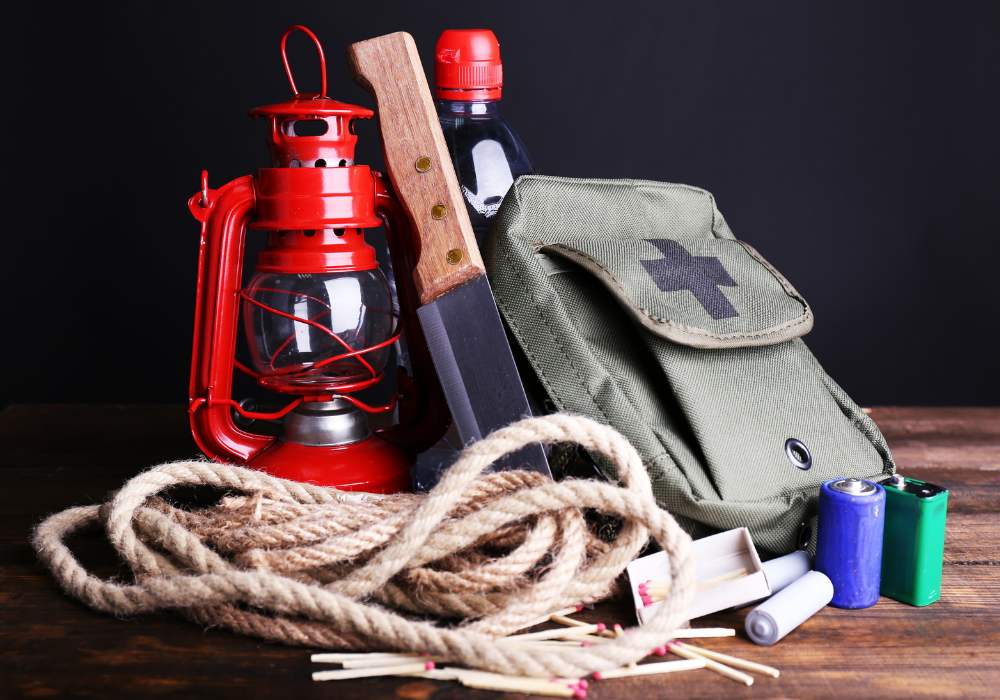
Emergency gear ensures you’ll be safe and prepared in the wilderness, whatever comes your way. First aid kits, signaling devices, and emergency shelters are the absolute must-haves.
A first aid kit is essential because it prevents infections when injuries occur. Make sure to bring clean water, hand sanitizer, bandages, and anti-emetics. That means, as soon as an injury happens, you can sanitize your hands from germs, wash the wound with water, use antibiotics to prevent an infection from spreading, as well as applying bandages.
In emergency situations, signaling devices can also prove useful, especially if you are hiking alone. Bring a signaling mirror, whistle, or personal locator beacon so that you can attract attention and get help if you get stuck somewhere or injured. For many hikers, mirrors and whistles are the handiest devices as they are easy to carry and simple to work.
Lastly, you should also know how to build an emergency shelter. This will help if you get stuck somewhere overnight or if you need to protect yourself from unexpected weather. The simplest kind of emergency shelter to build is out of fallen trees: you need to collect branches and lean them against the side of a standing tree such that the wind is blowing into, and not against, them. (That way, they won’t fall over.) Your shelter should be thick enough that it keeps the wind and cold away as much as possible.
In addition to building shelters, you could also have blankets and mats at hand. These will keep you comfy and warm. You could also bring a tarpaulin to use as a shelter instead of building one out of trees.
Hydration and Nutrition: Water Bottles, Hydration, Food Packs, and Trail Snacks
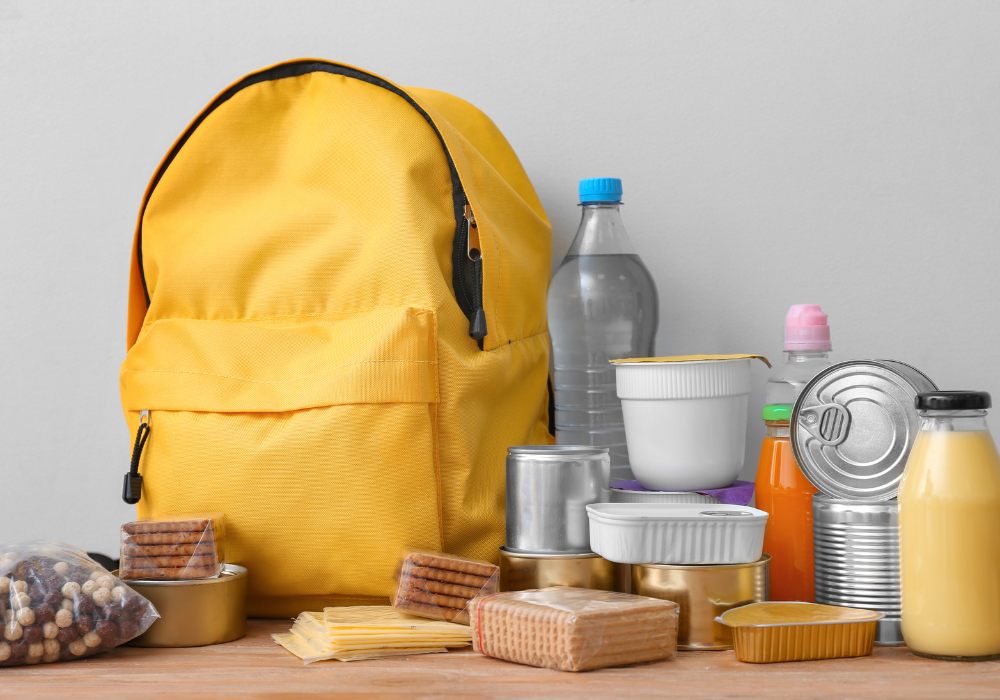
Before you set off into the wilderness, make sure you’re stocked with enough food and water every time.
Your expenditure of energy and water will be higher than usual when you’re hiking, so you need to plan carefully to make sure you don’t run out of supplies. Consider the length of your trip, what foods bring the most energy, how hot the weather will be, and any food-related skills you’ll need to have.
For hydration, you should bring at least a liter of water and carry it in your backpack. If you’re bringing it in water bottles, make sure they aren’t sensitive to heat so they don’t get too hot or too cold depending on the climate of your hike.
You could also bring a water filtration system, which will let you make safe drinking water out of water from lakes, rivers, and springs. This can be a lifesaver in an emergency.
When it comes to packing food, it’s best to stick with foods you know and avoid bringing anything that might disrupt your gastrointestinal system. Hiking isn’t the time to be trying out new things!
Another tip is to store your food safely. Bring a cooler and store your food in it so it stays fresh for longer. Separate meat from other foods to prevent cross-contamination.
You might also want to bring trail snacks like dried fruits, granola, and grains. These are recommended as they are lightweight, easy to store, nutritious, and give you a quick energy boost whenever you need it. Keeping your energies replenished on a hike will mean you can cover more distance and hike for longer!
To summarize, you may think you can just toss some food and water into your bag and you’ll be fine on your hike. However, it’s really important to plan it out to ensure you’ll definitely have enough supplies for the whole duration of your trip.
Other Gear: Trekking Poles, Headlamps, and Insect Repellant
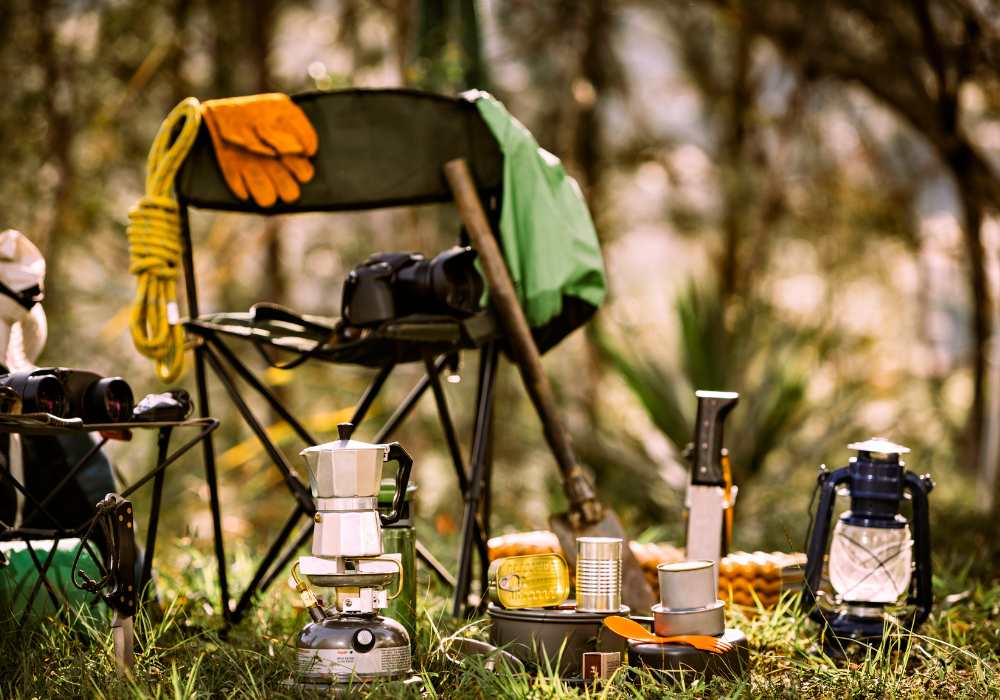
Here are some final items of kit that you can bring on a hike.
Firstly, if you’ll be hiking on steep terrain, trekking or walking poles are very helpful. They prevent falls, act as a support, and help you move around more comfortably.
Headlamps are also useful for lighting your way, especially at night. Admittedly, a charged cell phone can be a reliable source of light, too, but a headlamp is more flexible as you can attach it to your body and use it hands-free.
Finally, you should bring some insect repellant wherever you go. Creepy crawlies can show up anywhere, and you don’t want your trip spoiled by pesky mosquitoes or ticks.
Some other things you might find useful include a packet of tissues, matches, sunglasses, identity documents, a camping stove, rope, a knife, and portable chargers.
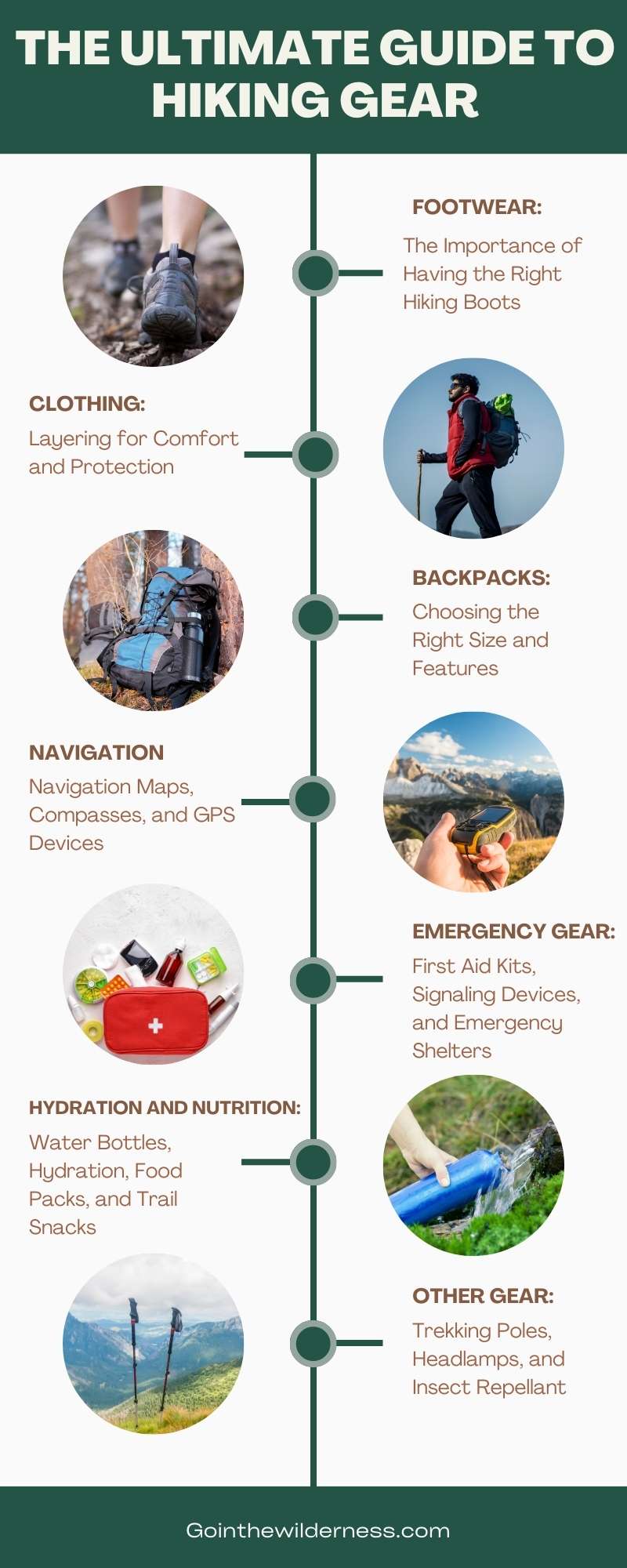
Conclusion: The Importance of Having the Right Gear for a Successful Hiking Trip
The importance of having the right gear for a hiking trip can’t be overemphasized. The benefits that come from having the right gear include (but aren’t limited to) ensuring safety, comfort, and a more enjoyable hiking experience.
Next time you’re planning ahead for a hiking trip, come back to this guide to help you make sure you pack everything you need.
I am Bruno. Navigating the urban rush by day, I find peace under the stars by night. Alongside my loyal companion and co-adventurer Lilith, we explore the balance between city life and nature’s embrace. Through writing and films, I delve into bushcraft and the wild’s allure.
GointheWilderness is my bridge between these two realms, guiding you to reconnect with your innate wilderness.
Eden is here and now; join us in rediscovering it.

